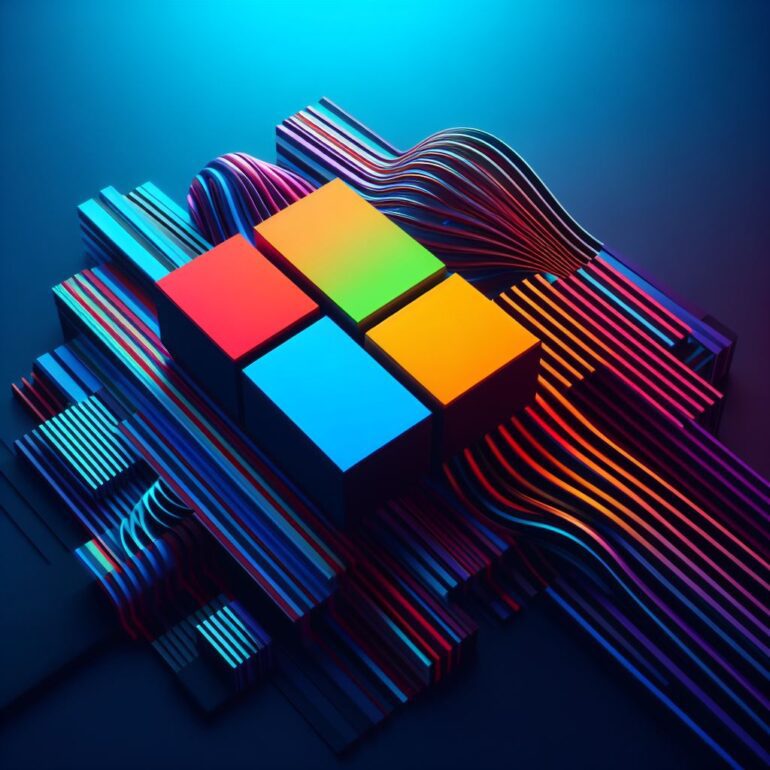TL;DR:
- LASER (Layer-Selective Rank Reduction) enhances accuracy in Large Language Models (LLMs).
- Researchers can replace weight matrices with smaller approximations, without compromising accuracy.
- LASER interventions on open-source models, such as RoBERTa and GPT-J, yield remarkable improvements of up to 30% in performance.
- LLM inaccuracies remain a significant concern in AI, impacting factual correctness.
- Microsoft’s LASER technology marks a pivotal step in addressing AI accuracy challenges.
Main AI News:
During the recent Microsoft Research Forum in January, Dipendra Misra, a senior researcher at Microsoft Research Lab NYC and AI Frontiers, unveiled an innovative approach to enhance the precision of Large Language Models (LLMs) known as Layer-Selective Rank Reduction, or LASER. This groundbreaking technique addresses the critical issue of LLM inaccuracies.
With LASER, researchers can strategically intervene and replace a weight matrix with a more compact approximation. These weight matrices represent the contextual connections that models rely on, and their importance can vary. Surprisingly, the question arises: Does replacing these weight matrices, laden with correlations and contexts, compromise the model’s accuracy? Based on their comprehensive testing, the answer is an emphatic no.
Misra explains, “We are utilizing LASER to intervene in LLMs, which might lead one to anticipate an increase in model loss due to approximation. After all, we are discarding information from LLMs trained on extensive data. However, to our astonishment, we observed that when the right LASER intervention is applied, the model’s loss decreases rather than increases.“
Misra’s team successfully implemented LASER on three distinct open-source models: RoBERTa, Llama 2, and Eleuther’s GPT-J. Remarkably, in certain instances, model performance saw an astounding improvement of 20 to 30 percentage points. For example, the accuracy of GPT-J in gender prediction based on biographies soared from 70.9 percent to an impressive 97.5 percent post LASER intervention.
LLMs often grapple with factual inaccuracies, making the issue of accuracy an ongoing concern. This goes beyond mere concerns of hallucinations, which involve fabricating information. While hallucinations and inaccuracies can be amusing at times, they also hold the potential for significant harm. Microsoft’s LASER technology represents a significant step forward in addressing and rectifying these critical challenges within the realm of artificial intelligence.
Conclusion:
Microsoft’s LASER technology represents a groundbreaking advancement in the field of AI. By effectively improving the accuracy of Large Language Models, LASER has the potential to drive significant market shifts, enabling more reliable and precise applications in various industries, from natural language processing to automated content generation. This breakthrough reaffirms Microsoft’s commitment to pioneering solutions that address the ongoing challenges in artificial intelligence, offering a competitive edge to businesses that harness the power of LLMs in their operations.

